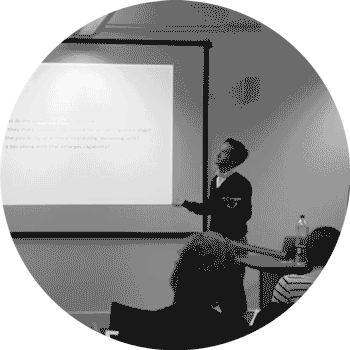Design Issues, Summer 2017, Vol. 33, No. 3, pp. 25–36

Tag: animals
“Being Capable” at UCL Knowledge Lab

Last Wednesday, tried again to capture my thoughts on capability and capacity, this time at the UCL Knowledge Lab (Institute of Education). The recording of the talk is available here.
Talk at RCA, Design Products
I had a very generous slot for presenting to some in Design Products at the RCA this week.
In this talk, I want to suggest we have spent too much time working with the limits of capability—the limits of the perceptual apparatus, the limits of cognitive capacities, and the limits of how critters (whether human or nonhuman) interact and relate to one another. Drawing on a feminist technoscience and using examples from recent fieldwork, I’ll aim to show that, together, we make ourselves capable. That capability isn’t limited to some pre-given, individual state, but comes into being through (inter)action, through entangled relations between actors of all kinds. This, I’ll claim, gives us a very different way of thinking about our relations with technology and especially the promise of AI and machine learning. Rather than machines aiming to replicate human capability, I want to propose an expansive project that allows us the chance to imagine something ‘other-than’ finite capabilities, that sees capability as a ‘becoming-with’, and lays open the possibilities for much much more.
